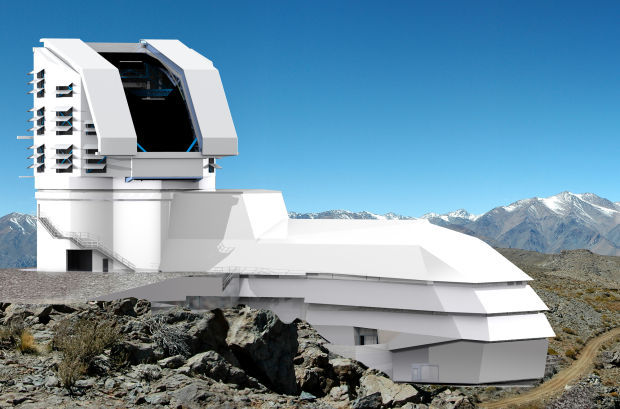The National Science Foundation has released construction funds for the Large Synoptic Survey Telescope.
The LSST promises “the greatest movie ever made” — a deep and changing view of the cosmos in petrabytes of data that can be mined to answer fundamental questions about the creation and composition of the universe.
The telescope will be located on a mountaintop in Chile, but its headquarters are in Tucson.
Its giant mirror is being polished at the Steward Observatory Mirror Lab, and sensors for its camera are being created at Steward’s Imaging Technology Lab. The 8.4-meter (27 feet) mirror was cast at Steward in 2008, using funds from private donors and philanthropic foundations.
The telescope’s completion was always predicated on money from two federal agencies — the NSF’s Division of Astronomical Sciences and the Department of Energy.On Monday, the Association of Universities for Research in Astronomy, which is managing construction, announced that the NSF had authorized $27.5 million in the current fiscal year and approved an overall construction budget of $473 million.
“This is a huge step forward for us,” said Victor Krabbendam, project manager.
The Department of Energy is expected to provide $165 million to build the telescope’s camera. At 3,200 megapixels, it will be the largest digital camera ever made.
The LSST Corp. has already prepared a site at Cerro Pachón, where the Tucson-based National Optical Astronomy Observatory already manages the Cerro Tololo Inter-American Observatory.
Krabbendam said construction of the telescope facility will begin in fall.
First light in expected in 2019 and full science operations by 2022, he said.





